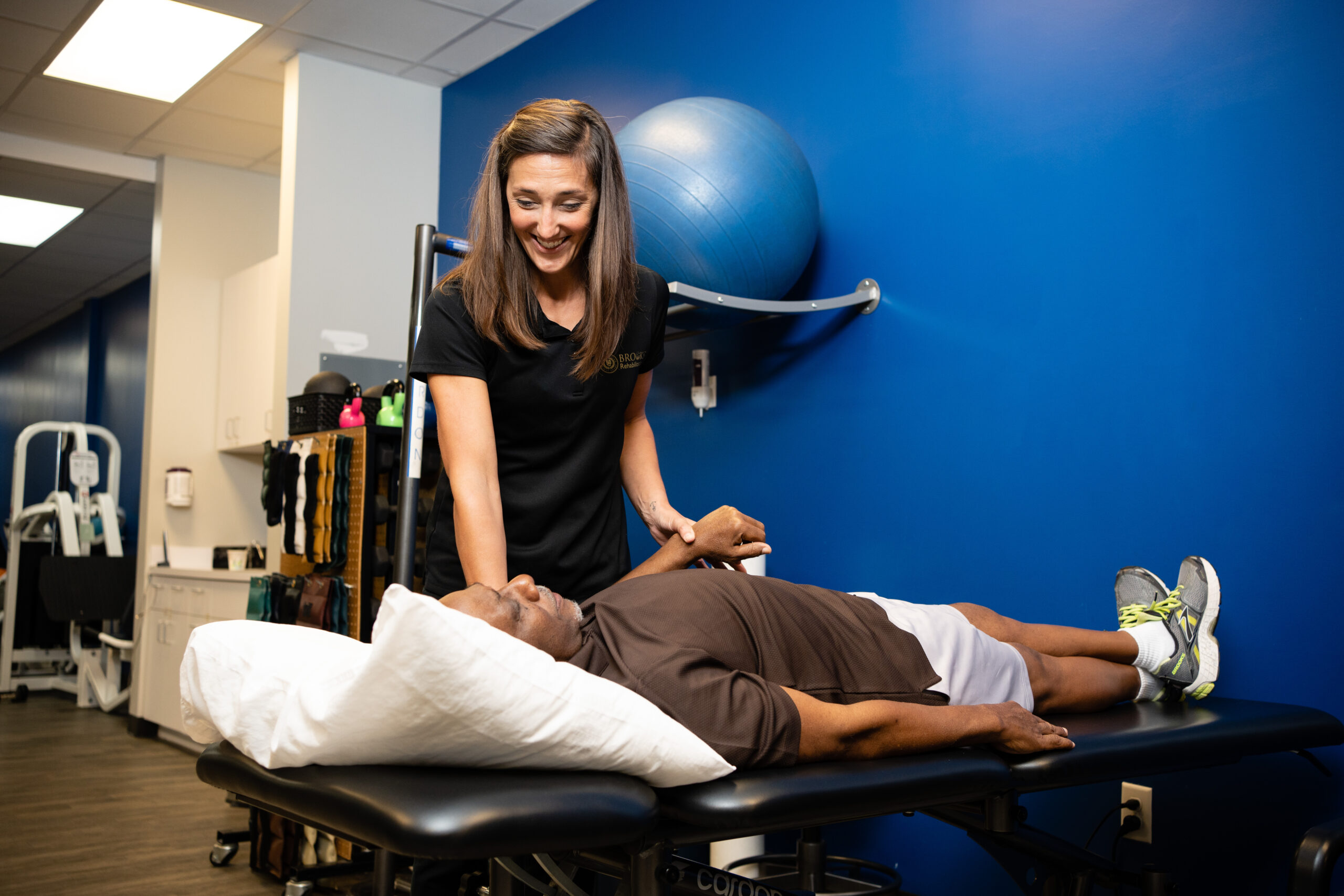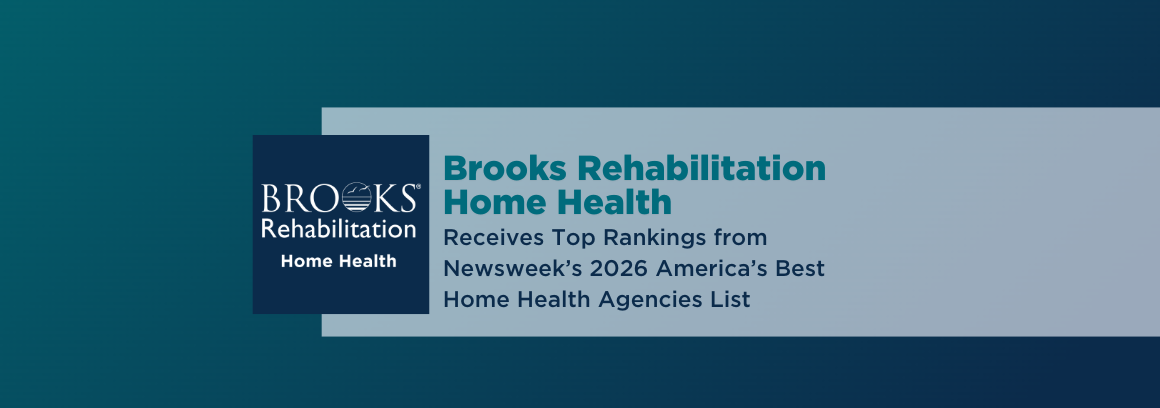What Is Whiplash?
Whiplash happens when your head is suddenly jolted back and forth. This strains the muscles and joints in your neck, leaving the area feeling tender for up to several weeks. It causes discomfort that affects once-simple tasks like sitting at a desk, riding in a car or trying to sleep. Recovery looks different for everyone, but with the right care, you can start to feel more like yourself again.
What Causes Whiplash?
Whiplash can happen anytime your head is forced quickly back and forth. Common causes include:
- Amusement park rides with sudden starts and stops
- Car accidents, especially rear-end collisions
- Contact sports, like football, hockey or rugby
- Falls, slips or trips that cause a sudden impact
- Physical assault, which may include being shaken or struck
- Recreational accidents, such as cycling, skiing or horseback riding
Whiplash Symptoms
Some whiplash symptoms appear right away, while others may occur a few days later. Common signs include:
- Dizziness
- Headaches
- Hoarseness or trouble swallowing
- Neck pain, stiffness or reduced movement
- Tightness in the shoulders or upper back
- Tingling or numbness in the arms or hands
- Vision problems
Easy Access, Close to Home
With more than 50 physical therapy locations across Florida, Brooks makes it easy to find whiplash care close to home. Many clinics offer extended weekday hours, so you can schedule visits before or after work. And you might not need a referral to start treatment, depending on your insurance. Direct access to our physical therapists can help you feel better sooner. Become a patient.
How Is Whiplash Treated?
Physical therapy can help you get relief from whiplash. A therapist with a depth of experience in treating muscle and joint conditions guides your care. We start with a comprehensive assessment to learn more about your symptoms and develop a care plan reflecting your unique needs.
Physical therapy for whiplash may include:
- Dry needling: A therapist gently inserts thin needles into areas of knotted muscle tissue (trigger points) to release tension, ease soreness and restore movement.
- Joint mobilization: Using manual physical therapy, we improve how your joints move. This can reduce stiffness, ease pain and help you turn your head more comfortably..
- Mobility and strengthening exercises: We guide you through targeted movements tailored to help your joints and muscles move more freely.
- Transcutaneous electrical nerve stimulation (TENS): Gentle currents delivered through the skin can interrupt pain signals, helping you feel more at ease during rehab.
Why Choose Brooks Rehabilitation for Whiplash Treatment?
Brooks treats whiplash from every angle, so you can recover faster, regaining movement and feeling stronger.
Highlights of our program include:
- Broad focus: Whiplash often affects more than just the neck. Our therapists look at your whole body, which can become tense or overworked. We also examine the impact on your posture. Treating all affected areas together leads to better movement and longer-lasting relief.
- Advanced treatments for complex cases: Sometimes whiplash comes with concussion-like symptoms, such as dizziness and balance problems. Our team includes physical therapists specializing in these issues. Your care may include balance and vestibular therapy to help you feel more steady on your feet.
- Continued care: Whiplash symptoms can come back, even after recovery is complete. Everyday activities or how you hold your body during work or sleep can cause discomfort to return. We’re here to reassess what’s going on and adjust your care to help you feel better. Many people come back to us when they need extra support, and we’re always glad to help.
FAQs About Orthopedic Physical Therapy for Whiplash
Can whiplash cause concussion-like symptoms?
Yes. Even without a direct blow to the head, whiplash can lead to symptoms like brain fog, headaches and difficulty concentrating. Brooks uses a team approach to deliver comprehensive care for whiplash with concussion-like symptoms:
- Orthopedic therapists: Specialists who focus on relieving neck pain, restoring range of motion and easing muscle strain.
- Neurologic physical therapists: Experts who help with balance, vision issues and cognitive symptoms that may follow the injury.
Is dizziness a common whiplash symptom?
It can be. Your neck and inner ear communicate with the area of the brain known as the vestibular system. Dizziness sometimes occurs when an injury affects the way they transmit messages back and forth. If you are having balance issues or dizziness, vestibular therapy can help. This specialized treatment enables you to regain stability and feel safer moving through your day.
Why would whiplash treatment target the shoulder and upper back?
Muscles in your shoulders and upper back work together to help support your neck. After whiplash, some may do too much work while others don’t do enough. Physical therapy builds strength and control around the shoulder blades, which helps the neck move more easily and reduce pain.
Request Care at Brooks
Find out more about becoming a patient and learn about orthopedic physical therapy for whiplash.Latest News and Health Resources
Education and guidance to support your recovery
Brooks Rehabilitation Home Health Receives Top Rankings from Newsweek’s 2026 America’s Best Home Health Agencies List
Brooks Rehabilitation is thrilled to announce that its home health division has been named the best in Jacksonville and ranked among the top 20 in Florida on Newsweek's 2026 America’s...




